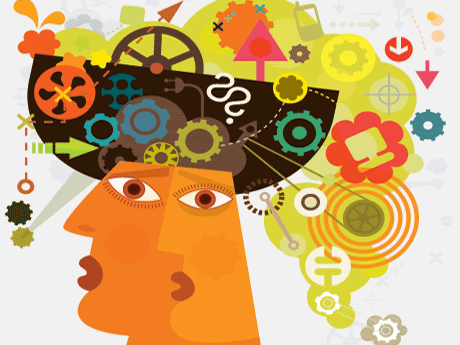Scientists have been bemused with the human brain since the dawn of civilization. Thousands of journal articles are dedicated to revealing the secret behind how the brain learns. Even today, several questions remain untouched, but a growing body of research has managed to downsize the learning of the educated brain as the responsibility of a neuron. An educated brain in this context signifies several stronger and meaningful connections in the brain as a result of exposure.
As a child, an individual majorly gathers their educational experience either at home or at school. In modern society, this experience is responsible for educating neurons. This educated neuron undergoes functional and structural changes every time one encounters a novel situation. These encounters begin from the day a child starts their life until they die. Unfortunately, just like the individual's bodily capacity, the plasticity of the brain (i.e., the capacity of the working neuron) displays exhaustion with maturity (age). Hence, the quality of the initial experience that a child encounters plays a vital role. With this being said, the National Education Policy 2020 (NEP) is not just a decision involving law, but it also involves decisions relating to the neuroscience of the educated brain.
The renewed NEP 2020 claims to provide experiences of learning and quality education to the developing brain. The reform states a change in the structure of the school system dividing it into 5+3+3+4 years covering the age band of 3 to 18 years. The first column consists of what the policy rightly calls the foundation years. This period is what neuroscientists claim to be a critical period; during this sensitive period, the expected inputs are presumed to have an increased impact on brain organization in ways that are largely shared across individuals. Hence, having a quality school curriculum that is based on the framework of critical periods would make the school system more efficient in identifying and helping children with learning difficulties. For example, the critical period for language development is during early childhood and hence, focusing on language acquisition in the school in those years would strengthen the synaptic connections important for language acquisition. This in turn, would aid numerous children in surpassing the reading and writing difficulties that they would otherwise face in the future if they did not receive the required input.
The second structure in the school system is the preparatory stage, where they will still focus on basic skills of language and numerical literacy. The curriculum would be aligned with the level of cognitive development that is typical for the age band 8-11 years. This would again be beneficial, as learning language involves complex processing and the more the brain processes, the stronger its synaptic connections. The second structure is very promising, as it chooses to shift the focus of the education system from unfruitful rote learning, and early unhealthy competition to meaningful and practical learning.
The next two structures, i.e. middle and secondary, are catered to developing more critical, analytical, flexible, and practical learning by making education more experiential. This will be achieved by introducing lab work, freedom of choosing subjects, loosening the rigid boundaries between the subjects over passive and segregated teaching. These periods coincide with the development of identity and finding one’s identity in relation to the society. These changes are not independent of the functioning of the neurons and they are constantly undergoing changes defining the individual by his/her experiences.
How can I say that experiences and changes in the brain are related so confidently? Well, the answer lies in Hebb’s law, which states that any neurons that fire together, wire together. In short, when Event A happens at the same time as Event B, persistently and repeatedly, the basic units of functioning, i.e, the neurons involved in these events, form associations. It is these associations that help us behave the way we do. For instance, if a student does not study mathematics, then he or she will be devoid of a mathematical experience, resulting in lesser synaptic connections for that area resulting in them being inept at mathematics. Hence, it is important that the students engage in age-appropriate and satisfactory levels of exposure for each life skill via the curriculum to develop an educated brain not only lawfully but also neurally.
Last, it is essential to keep in mind that efficient functioning of a human being in a society is a multidisciplinary task and cannot be ensured to the best of its capacity simply by outlining a policy. The NEP 2020 has recognized this gap that existed in the initial policy and has hence designed the education system as a collaboration of various disciplines. The NEP is a promising medium to develop a neurally educated brain as it has carefully traced the development of age appropriate cognitive functions and based policy decisions on them.
Urvi Mange


